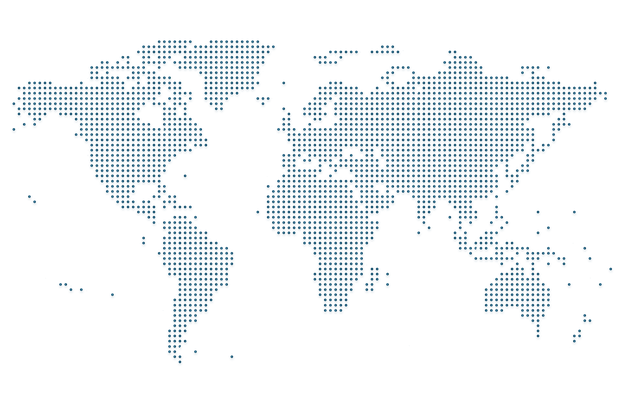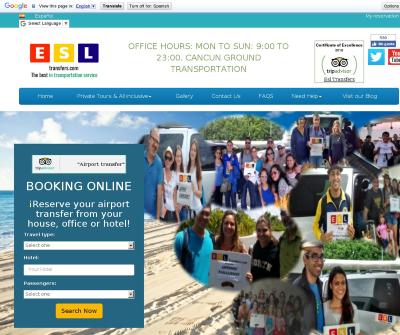Cancun Airport Transfers Taxi Aeropuerto VIP Service No Extra Charge Group Tours Xacret, Tulum, Xelha, Chichen Itza, Isla Mujeres
Xelha (Spanish: Xelhá; Yucatec Maya: Xel-Há) is an archaeological site of the Maya civilization from pre-Columbian Mesoamerica, located on the eastern coastline of the Yucatán Peninsula, in the present-day state of Quintana Roo, Mexico. The etymology of the site's name comes from Yukatek Maya, combining the roots xel ("spring") and ha' ("water").
The park is centered around the natural inlet and lagoon, which is promoted as one of the main attractions of the park that forms with the flow of the river through rocks mixing salty waters with fresh underground water currents.
The inlet of Xel-Há is a natural aquarium where hundreds of species inhabit; such as tropical fish and an abundant flora. In the park there is also a turtle reserve, where research is constantly carried out to learn more about marine life and contribute with the ecological maintenance of the area.
A shark fence extends across the lagoon's entrance, and the public is permitted to swim and snorkel in the lagoon. Underwater the limestone has been eroded into a myriad of small caves and grottos.
Chichen Itza (Spanish: Chichén Itzá, from Yucatec Maya: Chi'ch'een Iitsha' "at the mouth of the well of the Itza"), was a large pre-Columbian city built by the Maya civilization. The archaeological site is located in the municipality of Tinum, in the Mexican state of Yucatán.
Chichen Itza was a major focal point in the northern Maya lowlands from the Late Classic (c.600-900 AD) through the Terminal Classic (c.800-900) and into the early portion of the Early Postclassic period (c.900-1200). The site exhibits a multitude of architectural styles, reminiscent of styles seen in central Mexico and of the Puuc and Chenes styles of the northern Maya lowlands. The presence of central Mexican styles was once thought to have been representative of direct migration or even conquest from central Mexico, but most contemporary interpretations view the presence of these non-Maya styles more as the result of cultural diffusion.
Xcaret is a Maya civilization archaeological site located on the Caribbean coastline of the Yucatán Peninsula, in the modern-day state of Quintana Roo in Mexico. The site was occupied by the pre-Columbian Maya and functioned as a port for navigation and an important Maya trading center. Some of the site's original structures are contained within a modern-day tourism development, the privately owned Xcaret Eco Park.While Xcaret [Eco Park] offers many tourist packages a visitor can request to visit the archaeological ruins according to an agreement with the Instituto Nacional de Antropología y Historia (INAH).
Coba (Cobá in the Spanish language) is a large ruined city of the Pre-Columbian Maya civilization, located in the state of Quintana Roo, Mexico. It is located about 90 km east of the Maya site of Chichen Itza, about 40 km west of the Caribbean Sea, and 44 km northwest of the site of Tulum, with which it is connected by a modern road. The 2010 Mexican federal census reported a population of 1,278 inhabitants.
Archaeological evidence indicates that Cobá was first settled between 100 BC and 100 AD. At that time, there was a town with buildings of wood and palm fronts and flat platforms. The only archeological evidence of the time are fragments of pottery. After 100 AD, the area around Coba evidenced strong population growth, and with it an increase in its social and political status among Maya city states which would ultimately make Coba one of the biggest and most powerful city states in the northern Yucatán area. Between 200 and 600 AD, Coba must have dominated a vast area, including the north of the state of Quintana Roo and areas in the east of the state of Yucatán. This power resided in its control of large swaths of farmland, control over trading routes, and-critically for a Mayan city-control over ample water resources. Among the trading routes, Coba probably controlled ports like Xel Há.

About Us
We offer Transfers to and from Cancun Airport, Excursions to Xacret, Tulum, Xelha, Chichen Itza, Isla Mujeres to any place of your individual preference, couples or groups. VIP service at no extra charge. Great prices, if you travel with us you can save 30% more than the normal taxi service that exists at the airport in Cancun avoid rows and save time when hiring. You are sure that you are making the best choice. All drivers are selected and well trained to ensure the safest rides in our transport. You will never have to worry about your personal safety.
At ESL Transfers, all our vehicles are subject to the strictest quality standards, to ensure that you and your family travel safely with us.
Key Services in 2025
https://www.esltransfers.com/en
- taxi aeropuerto cancun
- cancun airport taxi
- cancun airport transportation
- cancun airport transfers
- cancun transfers
- transfers cancun to playa del carmen


